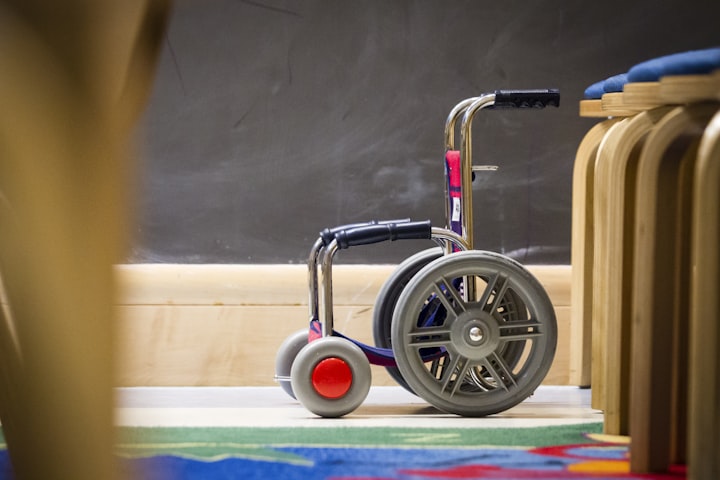Paralyzed patients can walk now with a 3D human spinal cord
Israeli researchers have developed 3D human spinal cord tissues that may allow paralyzed individuals to regain their ability to walk.

Paralysis is defined as the lack of muscle function in a specific body area. It might be localized or generalized, partial or complete, temporary or permanent, and it can be localized or generalized. It is possible to experience paralysis in any region of your body at any point in your life. You will most likely not experience any discomfort in the affected locations if you have it.
Treatment and diagnosis for paralysis will be determined by the underlying cause of the ailment and the symptoms experienced by the patient. Technological advances and therapeutic approaches may assist you in maintaining your freedom and quality of life.
A team at the Sagol Center for Regenerative Biotechnology at Tel Aviv University made functional spinal cord tissues and implanted them in lab models paralyzed for a long time. The technology behind the breakthrough uses tissue samples from patients to make a spinal cord implant that works. This process is similar to how the spinal cord grows in human embryos.
Team expecting a clinical trial on humans in the next few years, and then get these people back on their feet and move on with their lives. The Food and Drug Administration(FDA) has already talked about the company's preclinical study. People who have been paralyzed don't have any other options at the moment, so we have good reason to think that our technology will be approved quickly.
The process takes a small sample of belly fat tissue from the patient, like all tissues in our body, which comprises cells and an extracellular matrix, like all tissues (consisting of substances like collagens and sugars). Genetic engineering is used to change the cells to become embryonic stem cells, which can become any type of cell in the body. A hydrogel is made from the extracellular matrix that would not cause an immune response or rejection when it was implanted. Stem cells were then placed inside the hydrogel in a process that mirrors how the spinal cord grows and turns the cells into 3D implants of neuronal networks that contain motor neurons.

There were animals with two groups of lab models :
- those who had recently been paralyzed (the acute model)
- those who had been paralyzed for a long time, about a year in human terms (the chronic model).
It was "highly encouraging" to see how the study went, say the researchers. It worked for 100% of the lab models with acute paralysis and 80% chronic paralysis.
It was explained by Prof. Dvir: "The model animals went through a quick rehabilitation process, and at the end of it, they could walk well. If you have long-term chronic paralysis, this is the first time implanted engineered human tissues have helped an animal model. This is the best way to figure out how to help people with long-term paralysis.

A spinal injury can paralyze many people, but there isn't yet a good way to help them. People paralyzed at a young age will have to pay for all of the social, financial, and health-related costs of being paralyzed for the rest of their lives.
In addition, Prof. Dvir said that the team's goal is to make personalized spinal cord implants for every person who is paralyzed, allowing the damaged tissue to grow back with no risk of rejection.
We can conclude that traditional methods of data analysis in drug discovery perform best when dealing with straightforward and homogeneous data. But when the data becomes complex, such as when patients record various diagnoses, comorbidities, complex treatment regimens, and several interactions with clinics and physicians, those methods fall short of the mark. AI can integrate and analyze this information, resulting in stratified patient groups. Clinical trial design and execution are being transformed as a result of this ability to deal with complicated, multivariate data sets. The hope for patients with paralysis is the research done by Prof. Dvir and his team.
About the Creator
Mukesh Kumar
I am a developer with 15+ years of experience living in Finland. I have finished my Master's degree in Embedded Computing; it is always fun to create some IoT prototype :) #DotNetCore #Azure #Dynamics-365 #csharp #Java #Python #IoT






Comments
There are no comments for this story
Be the first to respond and start the conversation.